An early Mother’s Day visit to our Number One Dot and her partner O – on the first fine day this spring – took us in search of
waterfalls on the Niagara Escarpment. The couple had newly moved to Hamilton, with over 100 waterfalls within its boundaries. This was news to Mr TG and I [Hmmm. On rereading, that should be “Mr TG and me.”], and we were curious to check it out.
With the sun shining and the air mild last Sunday, everyone in Hamilton – and beyond – had the same idea.
Eventually we found a place to tether our wheels and set off along an offshoot of the Bruce Trail to see what we could see.
The biggest thrill, for me, wasn’t the waterfalls. It was a forest floor blanketed with native wildflowers.
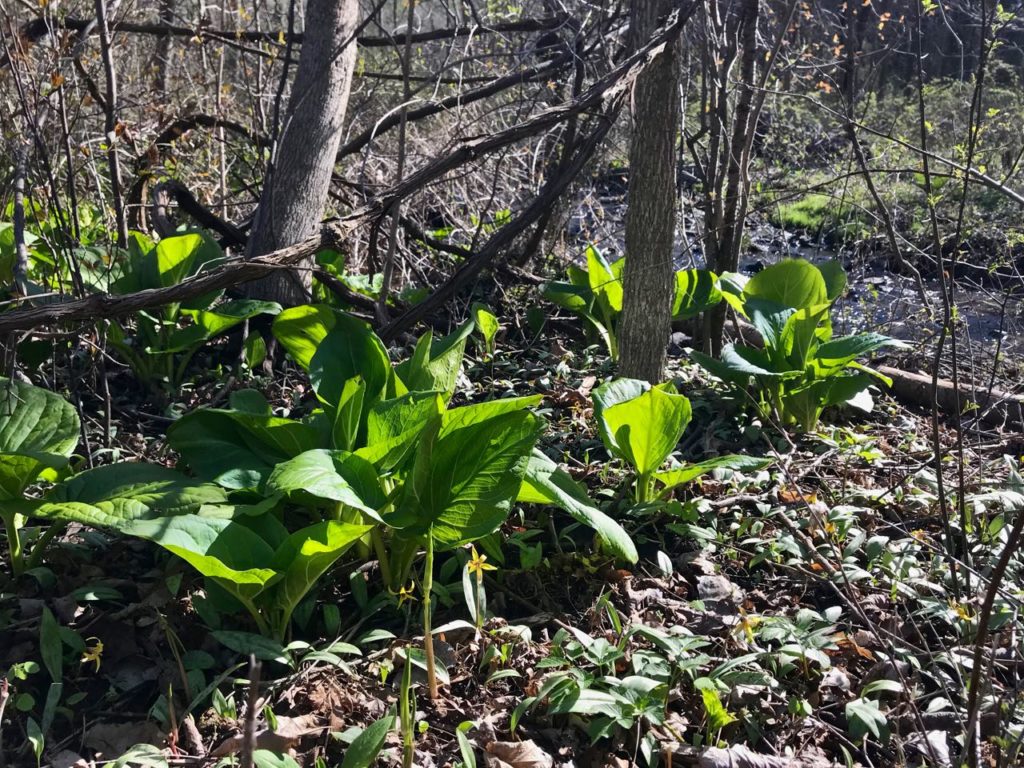
Most evident swimming amongst the leaf litter were the single leaves of young trout lilies (Erythronium americanum) – with the fishy speckles that inspired its common name. Here and there, the golden recurved tepals and petals splashed the forest floor with sunshine.

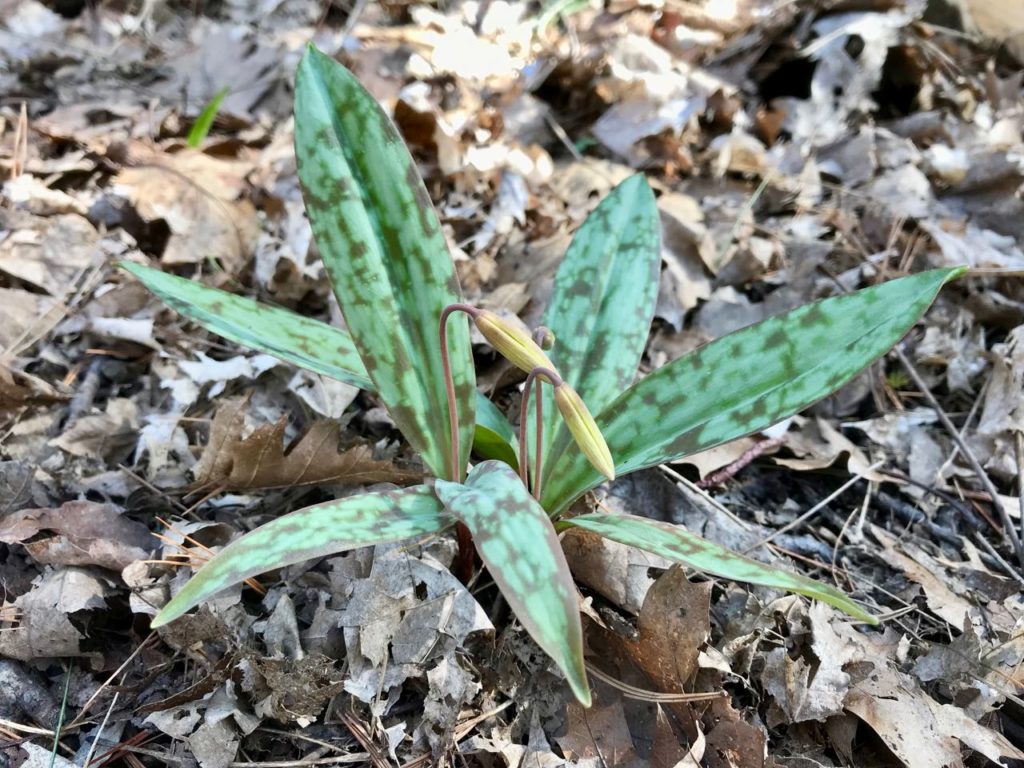
My companions outpaced me by far as I oohed and ahhed over the native plants in bloom. I could never hike the Bruce Trail without stopping every five minutes to look at plants.
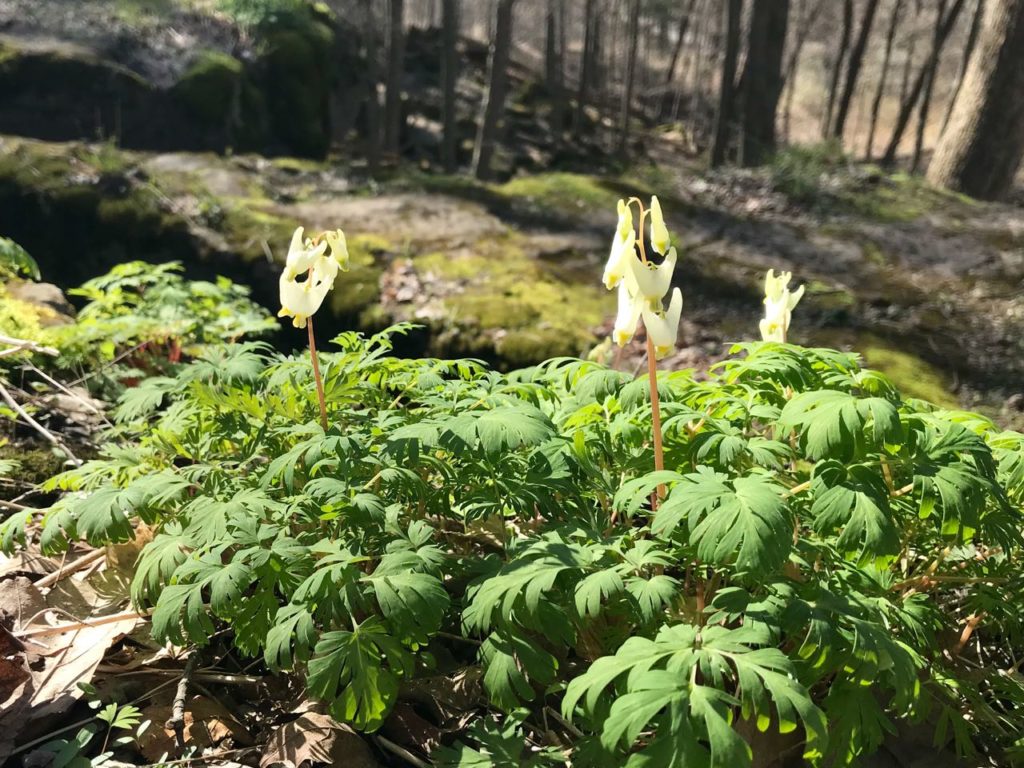


[Be right back to finish the post! I’m back.] It was a wonderful day out. Besides the many distractions wildflowers, our path took us to the small but charming Canterbury Falls, and a quick swerve on our route home placed us at the end of the short trail to Tiffany Falls.
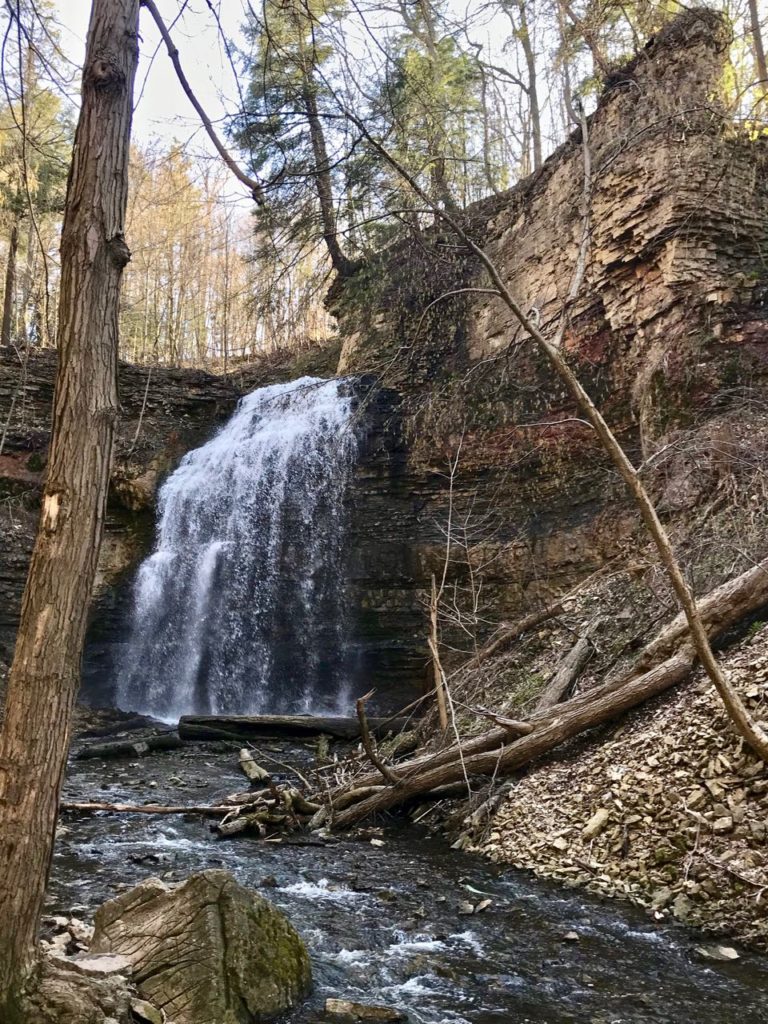
After a reviving shot of caffeine at the Dot’s new house, we headed home where a few o
ther delights were waiting.
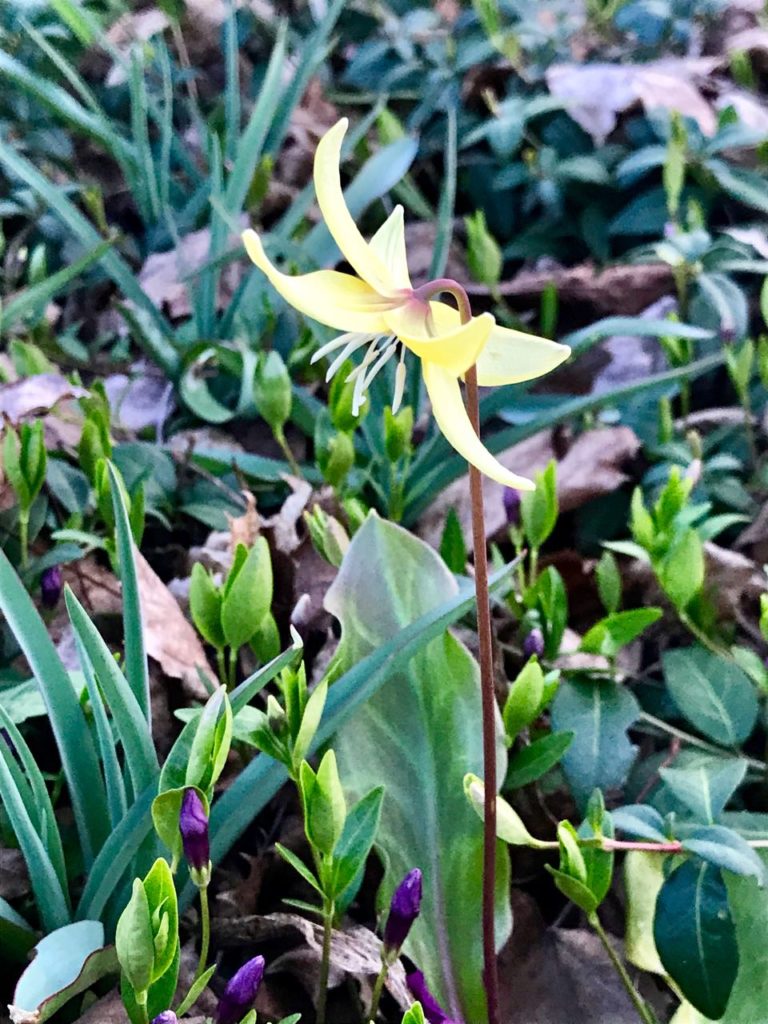

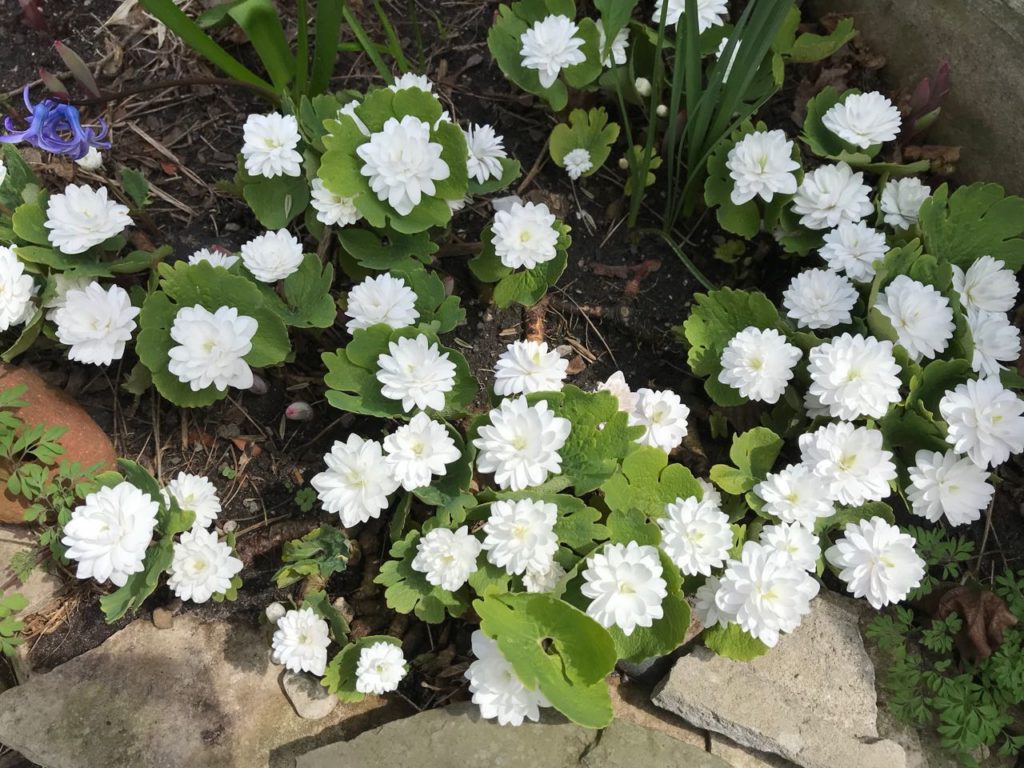

e vigorous plants. Add to to-do list.

Altogether, a satisfying day – and another reason to visit Hamilton.



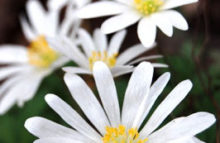
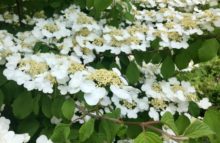
6 comments
That sounds like a perfect ( early) Mother’s Day!
Thanks for the wonderful photos.
Thank you, Katherine!
Firsto of all I love your posts. You mentioned moving your trillium. Can you tell me when would be the best time to do this. Before or after flowering.
Thanks, Carol! I’m going to wait to move it when it’s in a dormant state (after flowering and when the foliage dies back). Besides being best for the health of the plant, it might take me that long to figure out where to transplant it!
Beautiful! Love the Bloodroot, the Trout Lily, and the waterfall!
Jason, if you and Judy are ever back in Toronto let me know. We can make a day of it.